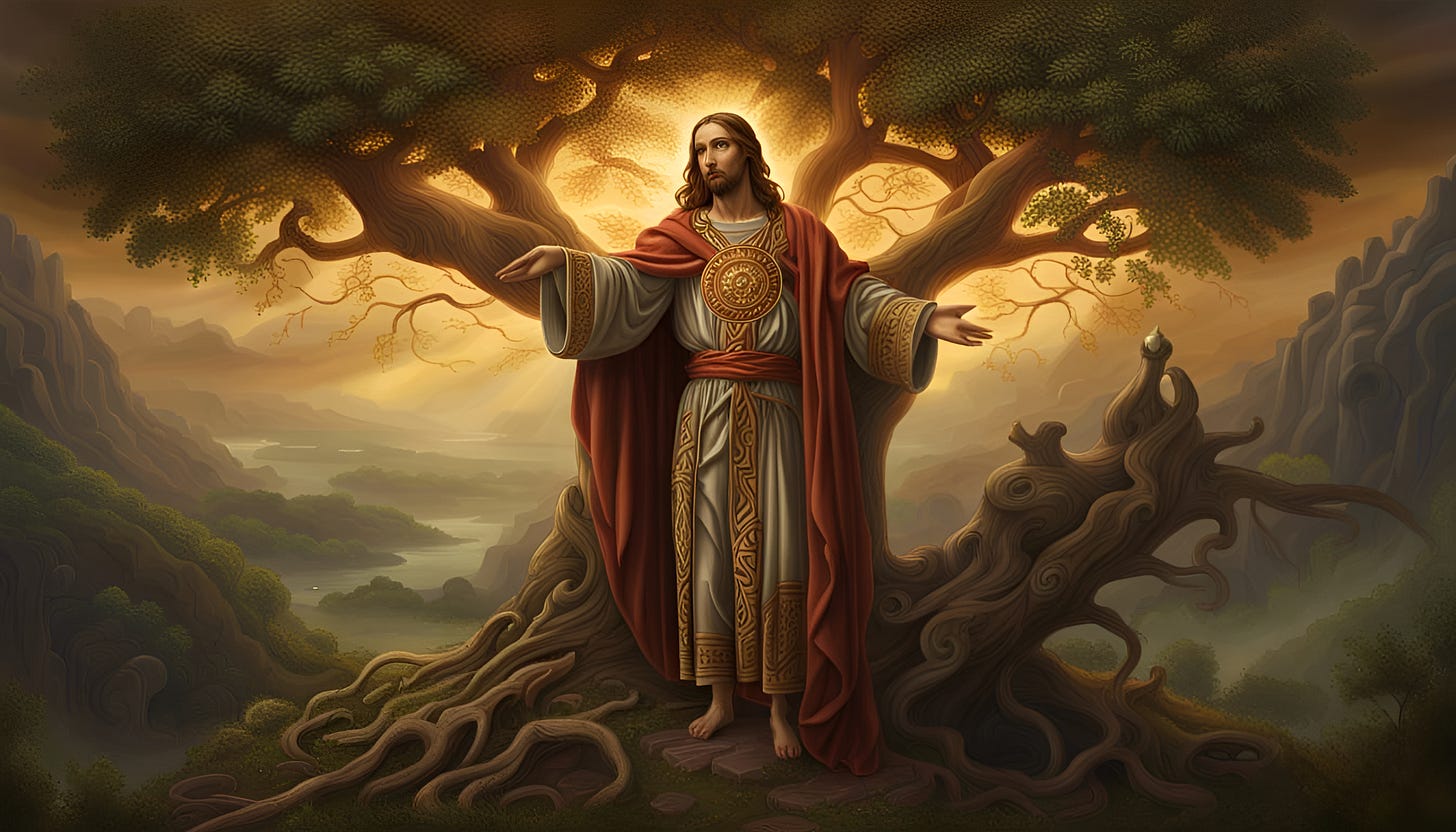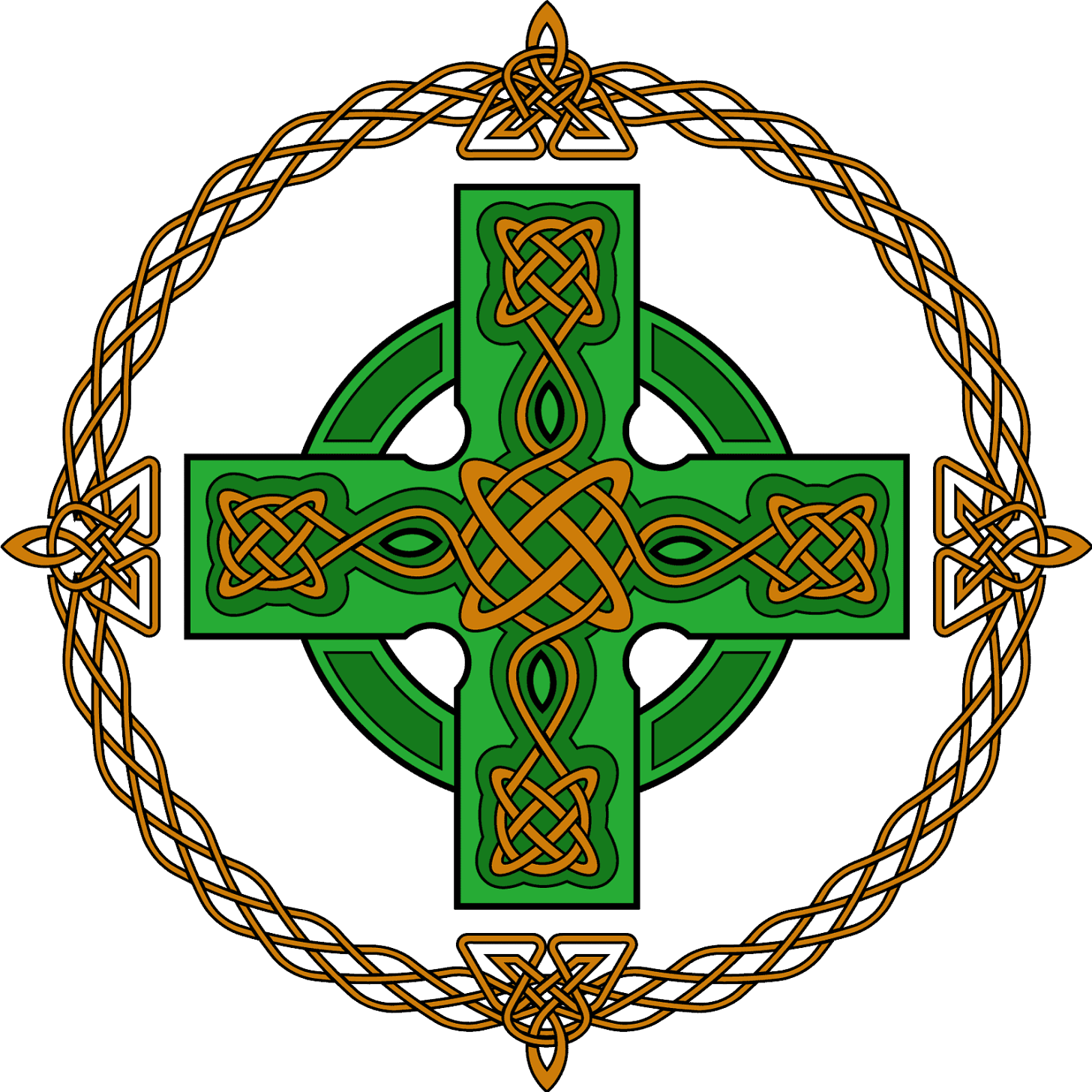Honoured servants of God and fellow seekers of wisdom, we are here today to explore the depth of spiritual understanding offered to us through the Tripartite Tractate, our ancient guide. Today, let us cast our minds back to our ancestors, using the robust and vibrant imagery of Celtic Christianity to understand the complexity of this scriptural jewel.
Firstly, it is essential to recognize that the Tripartite Tractate, written within the rich Gnostic tradition, seeks to explore a profound truth— the unity of God, creation, and salvation— expressed through a profoundly Trinitarian understanding. The Tractate maintains a cosmic focus, seeking to unravel the mysteries of the divine through a tripartite structure of Father, Son, and Spirit, each an essential component of a grand cosmic narrative.
As we look through the lens of Celtic Christian imagery, we can see that just as the Ancient Celts skilfully wove intricate knots with no beginning or end, symbolizing the eternal nature of the divine, so too does the Tractate explore this seamless interconnectivity. It mirrors the intricacy of the Celtic knots, where every corner of divinity— Father, Son, and Holy Mother— is inextricably linked to the others. The intertwining of dimensions showcases the beautiful harmony within the Triune Godhead and his cosmic creation.
By recognizing and celebrating the interaction of God with humanity—the Word made flesh, the path to enlightenment—we can understand salvation's central role in this divine drama. This process mirrors the earthly and divine marriage in Celtic Christianity— the Ancient Celts never segregated spirituality from everyday life. They baptized every day with sacred intention.
Celtic crosses, the sacred symbol of ancient Celtic spirituality, are marked by a unique design—a cross made vibrant with a circle's inclusion, signifying the eternal nature of divine grace and love. Much like this symbolism, the Tractate emphasizes the omnipresent nature of divinity, where God's love and grace encompass the complete chronicle of our existence, those seen and unseen, bridging the terrestrial with the celestial.
Lastly, the Celtic tradition illustrates the divinity residing within all creation, bestowed through the Creator's overflowing benevolence. The Tractate echoes this by providing an allegorical understanding of the creation of the universe— the Father begets the Son, who then produces the world. This beautiful generative process resonates with the Celts' sacred understanding of nature— every living organism, every gust of wind, and each falling raindrop reflect part of God's continued creation.
So let us leave here holding in our hearts the profound wisdom of these layered texts. Remember the interwoven Celtic knot, reminding us how Father, Son, and Spirit are interwoven into the cosmic pattern. Let the Celtic cross be a symbol of divine grace. And in the spirit of the Celts, let us not forget to seek divinity in every aspect of our lives as we move forward in unity and love, bound by the truth of our eternal and divine narratives.
May the grace of the Father, the teachings of the Son and the guidance of the Holy Mother lead us forth on our sacred journey.





